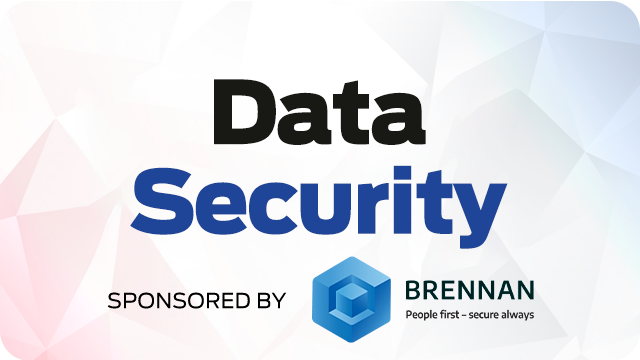Suncorp Group is starting to explore its options with generative AI and the underlying foundation models, spurred on by encouraging results from a customer sentiment analysis use case.
Executive manager for core data platforms Emily Cornock said the Queensland-based insurer and bank is getting ready to explore a range of applications using generative AI, or more specifically the large language models (LLMs) underpinning it.
“We’re already starting to have a look at some of those and starting to localise some of the ChatGPT foundation models to see how we can do sentiment analysis on call transcripts and things like that, and understand if our customers are happy with us,” Cornock told the recent Gartner Data and Analytics Summit in Sydney.
Early results had been “really fantastic”, she noted, which had encouraged the company look further afield for more use cases.
“How can we not just apply it to benefit our customers – how can we also apply it to benefit our frontline staff in the call centres?” she said.
“How can we apply it from an engineers point of view? What can we do to uplift our engineers’ day-to-day and remove some of the manual overhead into that process?
“Being able to explore that … is going to be a very exciting challenge.”
Cornock noted that Suncorp is being careful to ensure that use cases align with the company’s overarching goals and strategy.
She noted that in data analytics, there is an “industry of shiny new toys” and “everybody wants the latest thing.”
“Generative AI is just an example of that; if I had a drink every time I heard ‘Gen AI’ during my work week, I wouldn’t make it past lunchtime on a Monday,” she said.
“It comes back to genuinely relating [experiments] back to our customer. Our strategy at Suncorp is building futures and protecting what matters, so is what we’re trying to achieve going to actually make a material difference to our customers, and our ability to be able to achieve that? We have to ruthlessly prioritise that.
“It’s not just ‘a shiny new toy that does something cool’. It’s, ‘Does it actually deliver it to the outcomes of the business?’, and we prioritise that way.”
Moving to a cloud data warehouse
Suncorp has spent the past four years moving to from an on-premises data warehouse to one that is cloud-based.
While that has meant maintaining “quite a centralised data warehouse model” at Suncorp, the company has moved away from having a central team perform much of the data science and business intelligence work.
“We’re starting to … drive more towards some federated AI and data capabilities,” Cornock said.
“We are at that inflection point of BI teams where it was just impossible for a central team to scale effectively and deliver the demand across Suncorp. Everybody is a data consumer these days, and everybody is a data producer, and so we just couldn’t keep up with that demand.
“So now we’re evolving our platform to have a lot more federation, starting to have a look at things like data mesh and data fabric, and how do we actually federate the data and make it available where our decision-makers are, which are in our federated BI and data teams that sit with our business, close to where the decisions get made, and how do we actually enable those teams to discover data, to understand data, to be able to use it and combine it with other data sources, all while still making sure that we’re governing it, [and] keeping it safe.”
Federation comes with its own set of challenges, including standing up self-service tooling that is easy-to-use.
“When we had a consolidated central function, we were a technology function, and so the tools were engineering tools,” Cornock said.
“When you’re federating that out, you’re not dealing with data stakeholders that have had a four-year IT degree and have always use tools and built CI/CD pipelines and things like that.
“So what tools can you put in place to make it much easier for your customers to use the data and still be able to do that self-service capability?”
The move to federate data access and analytics is in part driven by changing data consumption habits within the organisation as well.
“Our data use cases keep evolving,” she said.
“No longer is it something that somebody wants just a static dashboard that they’re looking at that changes every 24 hours from a batch-driven process.
“People are after real-time analytics, analytics they can embed into web and mobile processes and things like that, so keeping up with that technology change, which is driven by the data change is really challenging.”
Building on AI foundations
Cornock said AI has already been implemented through Suncorp such as in customer and pricing areas.
This included “an industry first use of AI where we have a live real-time view of our customer and all of their information and their risk profile as well”.
The insurer harnesses AI to take geospatial data into account when processing insurance quotes; this allows it to learn information about a customer, reducing the amount of questions that need to be asked, and therefore making the process of buying insurance more seamless.
Cornock said the combination of AI and geospatial data was also used for natural disaster planning, communication and recovery.
Suncorp has previously used data “to predict where our customers were going to be impacted” by floods, she said.
“So we used that data, combined with our customers’ policies, to understand were they in an immediate impact zone and were already impacted, or were they actually going to be in a zone which was going to be impacted?
“That meant that we could actually call our customers ahead of time and give them a little bit of a warning, we could update them what on their policy was so that they were well prepared, and we could give them comfort as well that we’d already spoken to all of our claims handling teams, they’d scaled up … [and] were ready and on the front foot to help our customers as well.”











